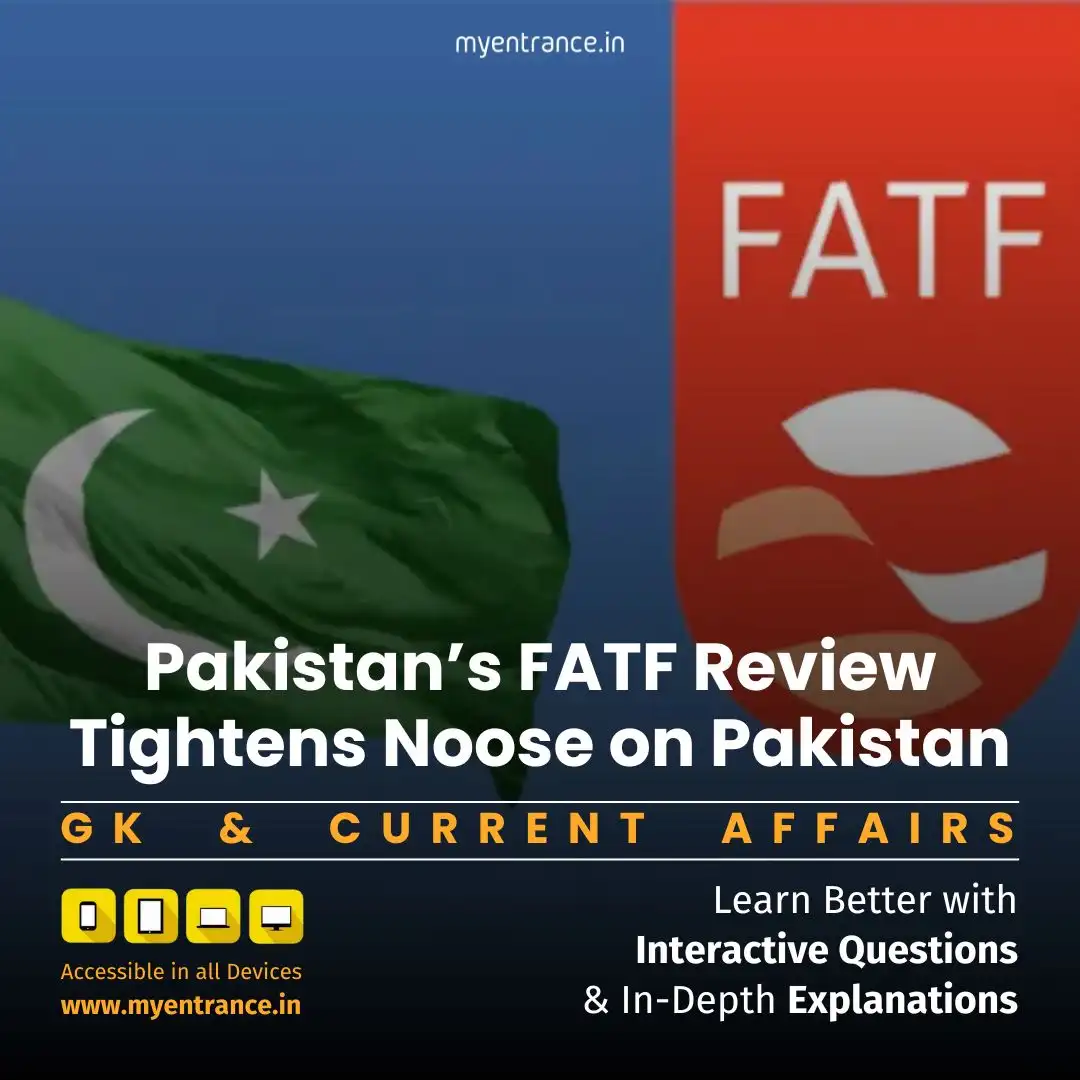Select Language
FATF Grey List Threat Looms Over Pakistan: India’s Role & Geopolitical Implications
While Pakistan claims to strengthen its anti-money laundering (AML) systems per FATF directives, the global watchdog signals unresolved terror financing risks. India’s push for renewed scrutiny post-Pahalgam attack could trigger grey list consequences.
Key Analysis (Human-Written, Paragraphs/Bullets):
FATF’s Stance & Pakistan’s Status
Current Position: Pakistan remains in “enhanced follow-up” since October 2022 grey list exit due to partial compliance on terror financing.
Critical Deficiency: Failure in Mutual Legal Assistance (MLA)—inability to freeze/confiscate terror proceeds from cross-border crimes (FATF Recommendation R.38).
FATF’s Confidentiality: Refuses to confirm review but condemns Pahalgam attack (April 2024), stressing: “Attacks require money movement between supporters.”
Why Grey List Threat Looms
India’s Push: Submitted evidence linking Pahalgam attack to Pakistan-based terror networks.
Upcoming FATF Report: Expected to reference “state-sponsored terrorism” (indirectly targeting Pakistan).
Legal Scrutiny: FATF may review Pakistan’s weak terror convictions—a gap noted even in 2022.
FATF Lists: Impact on Pakistan
Grey List:
Implications: Economic sanctions, restricted IMF access, investor withdrawal.
Past Impact: Pakistan lost $38B during 2008–2019 grey listing (World Bank).
Black List: Severe global isolation (e.g., Iran, North Korea).
Key Takeaways for UPSC Aspirants:
FATF Structure: Inter-governmental body (40 members); sets global AML/terror financing standards.
Grey List Criteria: Jurisdictions with strategic deficiencies but committed to resolving them.
India’s Role: Key FATF member advocating for Pakistan’s accountability on cross-border terror.
APG’s Role: Asia-Pacific Group monitors Pakistan’s compliance regionally.
Global Leverage: FATF decisions influence geopolitics (e.g., Pakistan’s 2022 grey list exit eased IMF bailout).
Sample Q&A (Prelims/Mains GS II):
Q: What triggers FATF’s “enhanced follow-up” status?
A: Partial compliance with FATF recommendations (e.g., Pakistan’s MLA failures under R.38).
Q: How does FATF’s grey list affect a country’s economy?
A: Reduced foreign investment, loan restrictions, and transaction monitoring costs.
Q: Why did India seek Pakistan’s grey listing after the Pahalgam attack?
A: To hold Pakistan accountable for cross-border terror financing under FATF’s MLA framework.
Q: Which FATF recommendation targets seizure of cross-border terror proceeds?
A: Recommendation R.38 on Mutual Legal Assistance (MLA).
Q: What is the primary function of the Asia-Pacific Group (APG)?
A: FATF-style regional body monitoring AML/terror financing compliance in Asia.
Most Predicted Questions
Comprehensive study materials, Expert-guided tips & tricks, Mock tests and instant results.
Start your SSC, NIFT, NID, FDDI, PSC journey today with MyEntrance, your ultimate online coaching platform.







